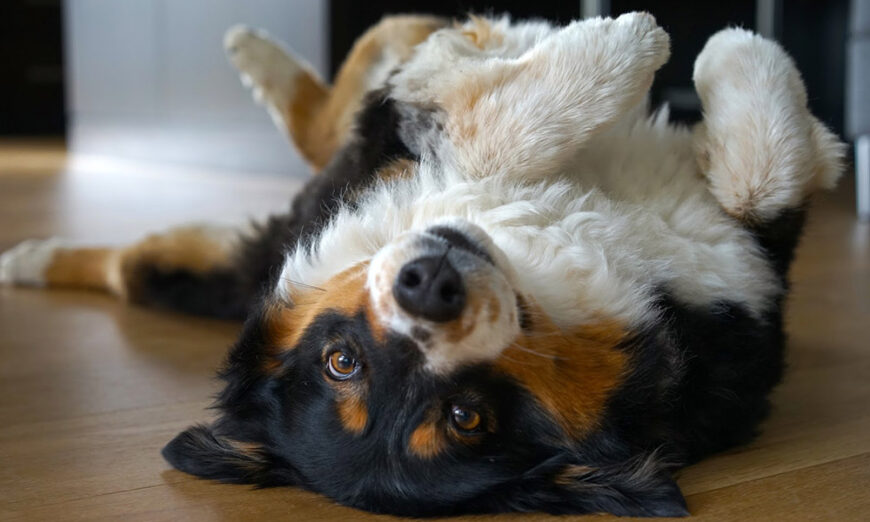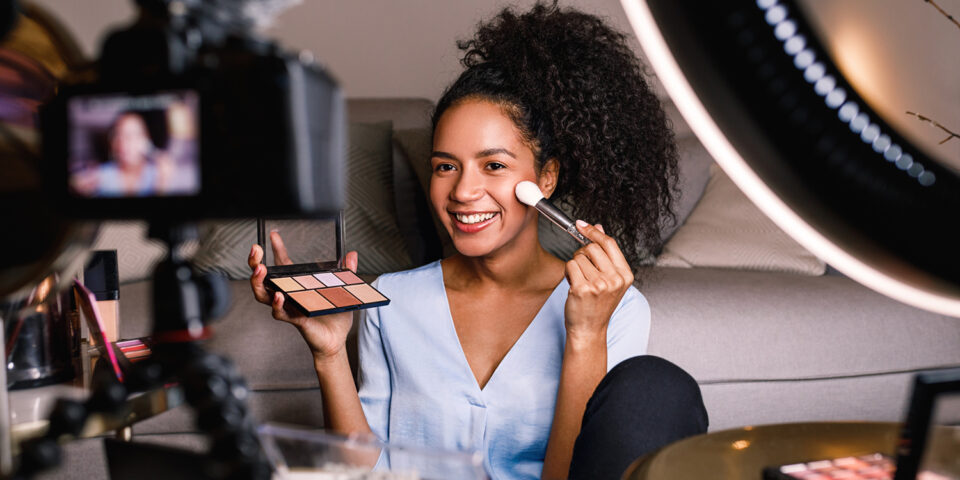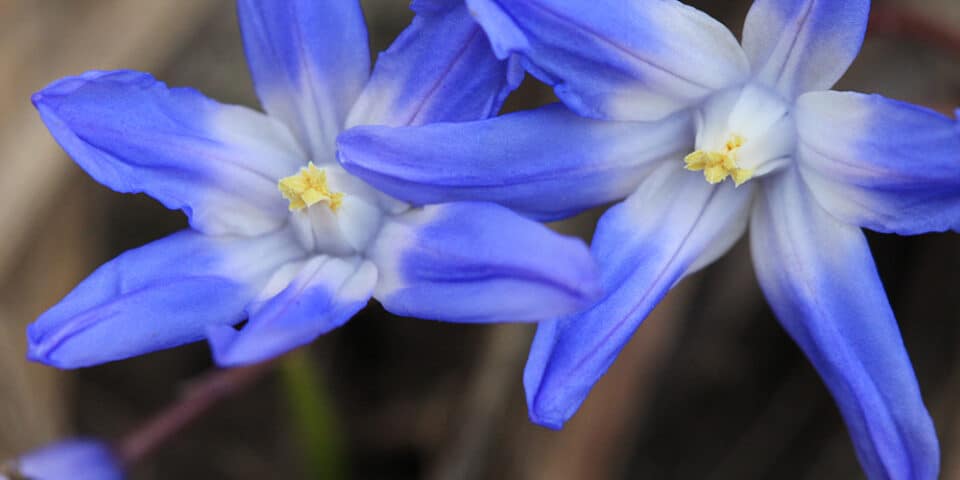Our collective efforts to stay inside and practise social distancing certainly puts constraints on typical photo-friendly activities like connecting with friends, attending events, and travelling abroad. That said, these measures do provide aspiring photographers with a chance to slow down, reconnect with their past work, expand their skill set, and even focus on key techniques that will build a stronger foundation for their future efforts.
To help you use your time inside productively, here are some activities you can try out to improve or revisit different aspects of your photography.
Practise different types of photography
The home provides an opportunity to capture a wide range of subjects that often get overlooked when you are rushing to get out and explore the great outdoors. Not only that, but it gives you the chance to try out different techniques that you may be less experienced with:
Portrait photography
One of the more common yet challenging styles of photography, portraiture requires more than just skill with a camera. Ensuring your subject is relaxed, comfortable, and that they understand the desired look and feel is crucial in getting quality results. Be mindful of lighting (go close to a window for natural lighting if possible), choose neutral backgrounds that won’t distract from the subject, and establish your subject’s eyes as the main focal point of the image (this can sometimes be challenging when blurring the background).
The best part is that you likely have ready access to models within your own home; roommates, family members, and pets all make fantastic practice subjects for portrait photography. Try to entice them by offering a new headshot for their LinkedIn or a new profile picture for social media. No one else at home? No problem — get in some bonus practice with your camera’s self-timer and capture yourself!
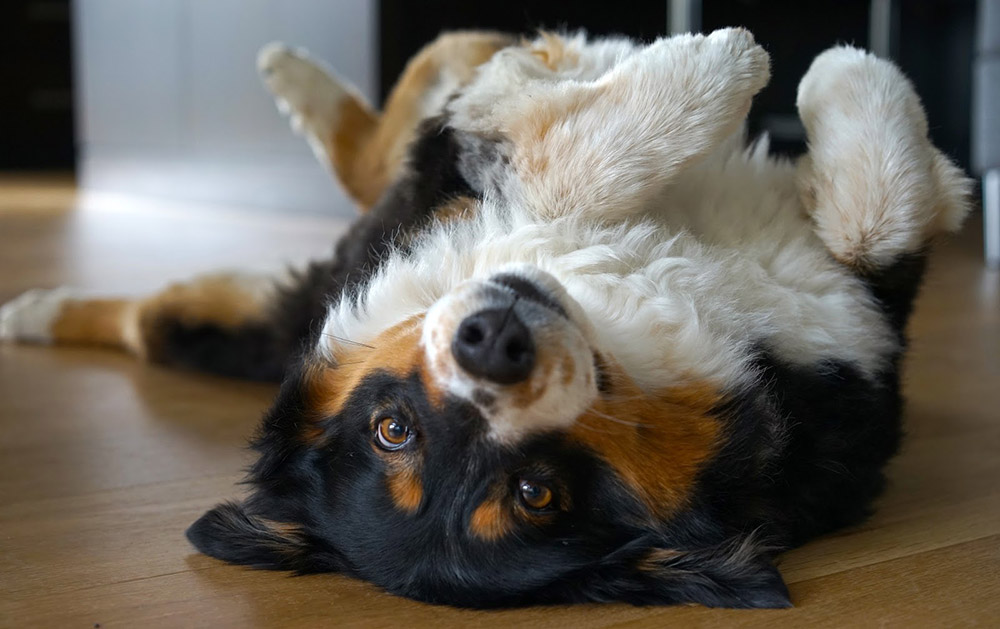
Image #1 – Sony a7ii – 1/60 – f/4 – ISO 80
Close-up/Macro photography
The best part about practising close-up and macro photography at home is that success is found in the details. This means that even the most ordinary, everyday household objects can become ideal subjects if you have the right vision. The look and feel of your household macro shots can be manipulated in a variety of ways depending on lighting, aperture, and the type of gear you’re using. To get you started, Henry’s offers a great selection of Macro lenses for all kinds of camera models. There are also a variety of DIY techniques that can achieve similar results including close-up filters, extension tubes, “reverse lensing,” or simply using the built-in macro settings on your camera.
Practising macro photography is invaluable to your skillset, as it forces you to grapple with a photographer’s greatest dilemma: shutter speed versus aperture. Finding the right balance between the depth of field and the correct amount of light is essential for any photograph, and macro enables you to fine-tune and experiment with these two elements. From the bookshelf to the fridge, to the plant by the window, look around the house and get creative!
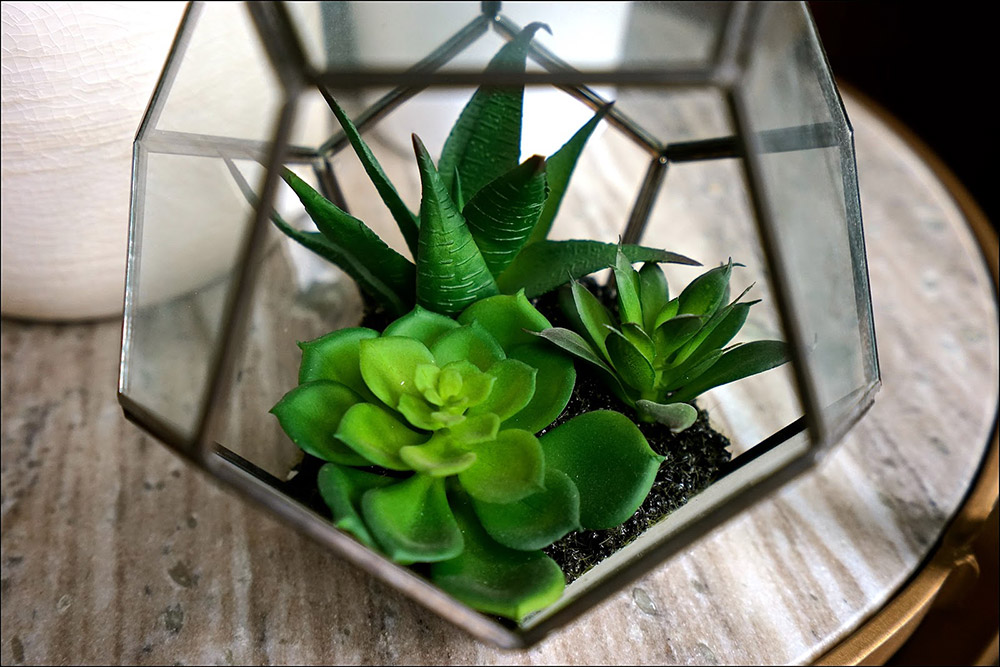
Image #2 – Sony a7ii – 1/160 – f/4 – ISO 100
Landscape and low-light photography
At first, this one may seem counter-intuitive given that most people think of things like mountains or vast rolling fields when they think of landscape photography. Sure, those spaces are preferable, but the space in your own home can be transformed in countless ways. Staircases, doorways, and windows often provide dramatic angles, shadows, and contrasts that can lead to powerful images. You could also pretend you’re selling your home and are looking to capture each room in the most aesthetically-pleasing way (although, this might require cleaning the house as well).
The home is also a great environment to capture different forms of light such as candles and fireplaces. Looking to try something unorthodox and fun? Break out the Christmas lights and try Bokeh (aesthetically blurring lighting by keeping the light source out of focus). You can also use long-exposure settings and try “light-writing” (remember to write backwards) or cloning yourself (shine a light on yourself in different positions so you appear multiple times in an image). These are great activities to expand your repertoire and to get your family or roommates involved as well.
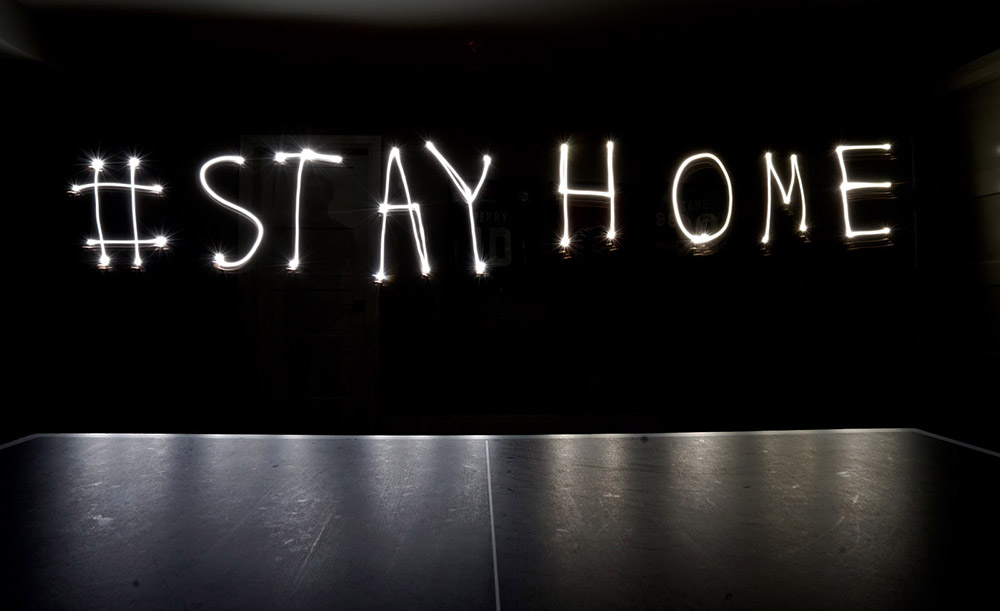
Image #3 – Sony a7ii – 30” – f/14 – ISO 200
If you aren’t in the mood to take photos, or you’ve simply run out of space on the memory card, here are a couple of other photography activities to keep you occupied:
Take an online photography or photo editing course
This is an ideal time to expand your knowledge of specific photography-related skills. Numerous colleges and universities are releasing free courses online, while e-learning sites such as Masterclass, LinkedIn Learning, Udemy, and even Henry’s YouTube Channel offer great tutorials on a wide range of subjects including the skills mentioned above. Bring your photography to the next level by taking a photo-editing course that breaks down how to use programs like Photoshop and Lightroom.
Another great way to put your photography expertise to the test is by teaching others. Use your spare time to pass on your knowledge to your family or roommates or, if you’re feeling confident enough, share it with a broader audience on Social.
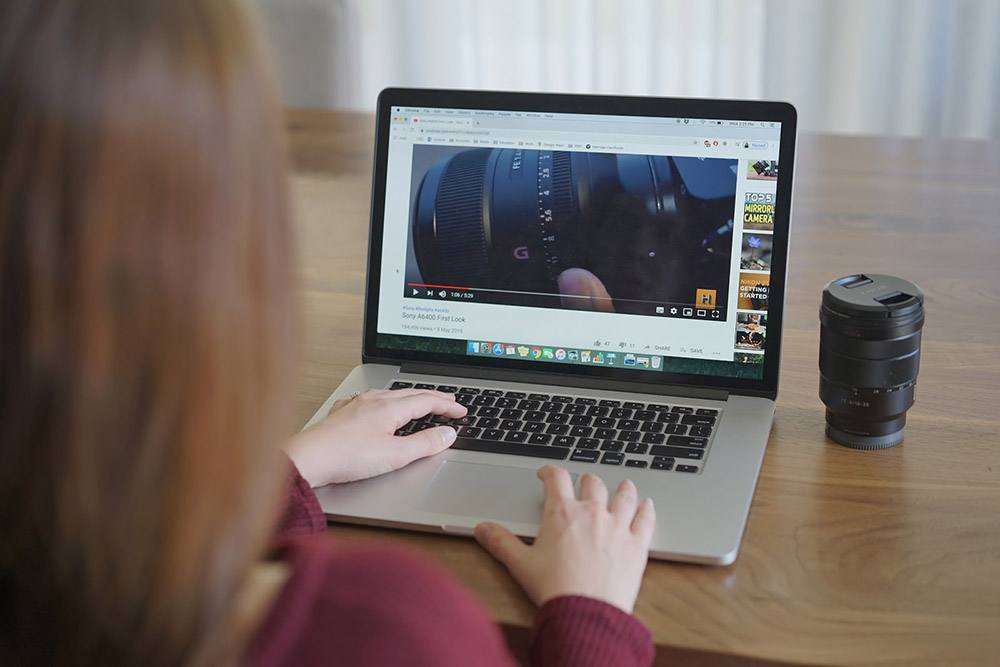
Image #4 – Sony a7ii – 1/100 – f/2.8 – ISO 250
Organize your old photos
Since digital photography came along and gave everyone the ability to take as many photos as they wish, there are now hundreds, perhaps even thousands, of photos left on computers, external hard drives, and memory cards everywhere still waiting to be discovered. Seeing as how there is no time like the present, take this opportunity to go through and organize these files, choosing ones to keep, edit, and delete. You can also get around to printing those photos from Ireland two years ago or explore potential photo gift ideas for a friend’s birthday. At the very least, this exercise will inevitably lead to a great trip down memory lane, and you may come across some forgotten gems that are worth sharing with friends or family.

Image #5 – Sony a6000 – Various
Have your own #StayHomePhotography ideas? Let us know!
If you have any #StayHomePhotography ideas of your own that we missed that you think people would love, leave a comment or tag us on Instagram.
